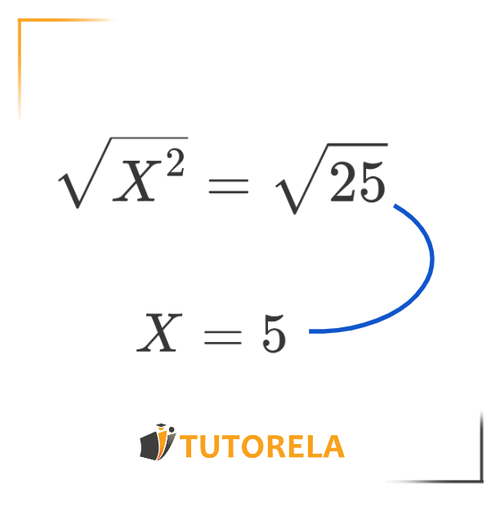What are those mysterious square roots that often confuse students and complicate their lives? The truth is that to understand them, we need to grasp the concept of the inverse operation.
Square Root Practice Problems and Worksheets with Solutions
Master square roots with step-by-step practice problems. Learn inverse operations, perfect squares, and algebraic expressions with detailed solutions and examples.
- Calculate square roots of perfect squares using multiplication tables
- Apply order of operations in algebraic expressions containing square roots
- Identify conditions for valid square root calculations with positive numbers
- Solve multi-step equations involving square roots and basic arithmetic operations
- Understand the inverse relationship between squaring and square root operations
- Practice calculating square roots in complex mathematical expressions
Understanding Square Roots
What is a square root?
When we solve an exercise like , it's clear that times (that is, multiplying the number by itself) results in . This is the concept of a power, or to be more precise, a square power, which to apply, we must multiply the figure or the number by itself.
The concept of "square root" refers to the inverse operation of squaring numbers.
That is, if we have and we want to find the value of , what we need to do is perform an identical operation on both sides of the equation.

This operation is the square root.
So, we have: and the result is .
Practice Square Roots
Choose the largest value
Examples with solutions for Square Roots
Let's solve the problem step by step:
- Step 1: Understand what the square root means.
- Step 2: Apply this definition to the number .
- Step 3: Determine the correct number.
The square root of a number is a value that, when multiplied by itself, equals . This is written as .
We are looking for a number such that . This translates to finding .
We know that . Therefore, the principal square root of is .
Thus, the solution to the problem is .
Among the given choices, the correct one is: Choice 1: .
Answer:
6
The task is to find the square root of the number 100. The square root operation seeks a number which, when squared, equals the original number. For any positive integer, if , then should be our answer.
Step 1: Recognize that 100 is a perfect square. This means there exists an integer such that . Generally, we recall basic squares such as:
- and so forth, up to
Step 2: Checking integers, we find that:
Step 3: Confirm the result: Since , then .
Step 4: Compare with answer choices. Given that one of the choices is 10, and , choice 1 is correct.
Therefore, the square root of 100 is 10.
Answer:
10
To determine the square root of 16, follow these steps:
- Identify that we are looking for the square root of 16, which is a number that, when multiplied by itself, equals 16.
- Recall the basic property of perfect squares: .
- Thus, the square root of 16 is 4.
Hence, the solution to the problem is the principal square root, which is .
Answer:
4
To solve this problem, follow these steps:
- Step 1: Understand that the square root of a number is a value that, when multiplied by itself, equals .
- Step 2: Identify the number whose square is 81. Since , the square root of 81 is 9.
Therefore, the square root of 81 is .
Answer:
9
To solve this problem, we follow these steps:
- Step 1: Understand that finding the square root of a number means determining what number, when multiplied by itself, equals the original number.
- Step 2: Identify the numbers that could potentially be the square root of . These are , but by convention, the square root function typically refers to the non-negative root.
- Step 3: Calculate . This confirms that .
- Step 4: Verify using the problem's multiple-choice answers to ensure is among them, confirming choice number
.
Therefore, the solution to the problem is .
Answer:
7